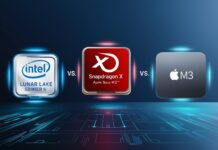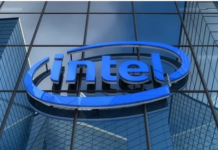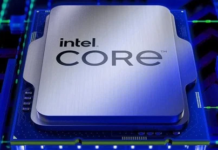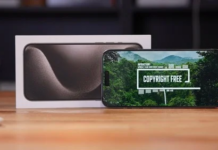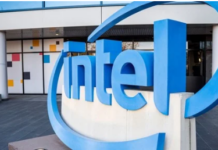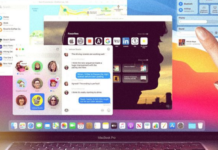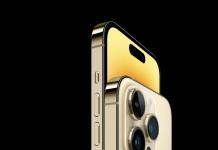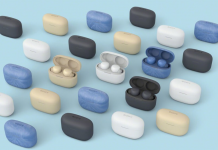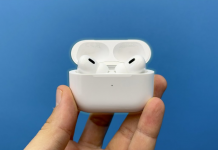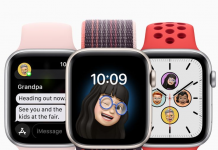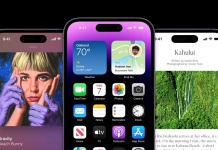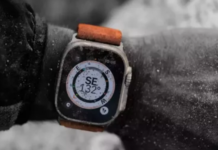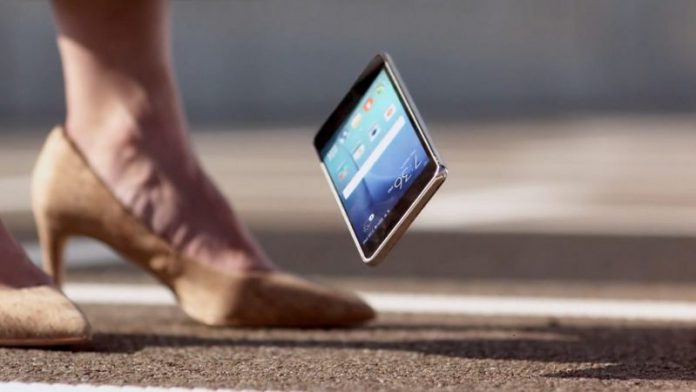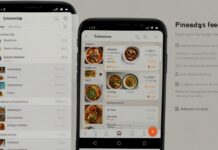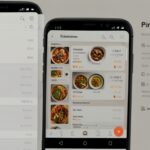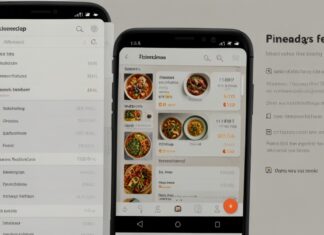Gorilla Glass is present on more than 900 smartphone models, or 6 billion devices from 45 different manufacturers, including Samsung, Huawei, Apple and Xiaomi. An incredible domination that hides a great ignorance. It’s time to catch up with a detailed presentation of the protective lenses that save your phones every day.
Your phone’s falling. violently. The bitumen didn’t give him a present. However, once you get it back, your screen didn’t have any damage. Gorilla Glass screens have already saved many smartphones and even non-touch models. Small revolution in the telephony market, they are in the shadows, a technical specificity that we travel quickly, without stopping too much or questioning. We do the presentations in detail.
What’s Gorilla Glass?
Gorilla Glass’s protective glass appeared before the smartphone boom. Its development by the company Corning began in 2005. She had been working in sectors such as ophthalmology, automotive and even aerospace on hard-wearing lenses for several years.
The material uses the replacement of sodium ions from the glass with potassium ions to have greater compression on the surface in order to withstand shocks. It also allows the glass to be thinner and withstand scratches.
It is used on both tactile and non-tactile models. Beware, however, its qualities and defects vary greatly from one model to another and the company has significantly improved its product in 12 years. Check out the differences below.
Gorilla Glass 1
Launched between 2005 and 2006, this version had its heyday thanks to the iPhone from 2007. It was 1.5 mm thick at the time but was mostly specific to Apple. The screen was “oleophobic”, i.e. it left almost no fingerprints on the screen. From this first generation, more than 250 smartphone models were equipped with a Gorilla Glass. At the time, we were already talking about the Samsung Galaxy S: the strongest screen on the market. An affirmation to be put into perspective today!
Gorilla Glass 2
Let’s get down to business with the second glass version of Corning’s company. The manufacturer presented it at the CES in Las Vegas and achieved its brilliance by impressing the public and the manufacturer.
This model is 20% thicker than the first version and able to withstand a weight of up to 50 kgs without any break. As the glass became thicker, to continue the race towards the ever thinner, manufacturers competeed ingenuity to make their smartphones thinner and thinner. By the end of the year, the Gorilla Glass 2 equips more than 600 million smartphones worldwide.
Gorilla Glass 3
While Corning had waited 7 years before releasing its V2, the Gorilla Glass 3 was released just a year later. Rather than increasing thickness, the company focuses on resistance. This is multiplied by 3 depending on the manufacturer. This also allows you to block up to 35% of the scratches
Gorilla Glass 4
The following year, Corning introduced the Gorilla Glass 4 with a new lens. Have screens that can withstand falls that are the main cause of rupture. This version was twice as strong as the previous one. It should be noted, however, that this version has not been used much by manufacturers. The screen was able to withstand 80% of the falls from a height of 1 meter. The emphasis is also on scratch resistance in this new protection.
Gorilla Glass 5
Finally, the current version of Corning, the Gorilla Glass 5 was released in 2016. Again, the idea is to continue to increase the resistance to falls. Here it is 80% for falls of 1.6 meters on rough surface. Models equipped include the Samsung Galaxy S0, the Huawei P20 or the One Plus 6. The Galaxy Note 7 was the first smartphone to be equipped with this model which also offers an anti-reflection film.
Gorilla Glass 6
Twice as strong as the Gorilla Glass 5, the Gorilla Glass 6 allows a smartphone to withstand 15 falls more than a metre high. According to the brand, this new generation can survive even more dizzying falls than the Glass 5. Nothing new on the side of scratch resistance. Introduced in July 2018, the Glass 6 is still in production! Is that really enough to make a smartphone really unbreakable? The future will tell.
How do I know if I have a Gorilla Glass?
As we told you, Gorilla Glass, regardless of the version, equips 900 models of smartphones, or about 80% of the market. But if you have any doubts or want to know which version your smartphone is equipped with, the solution is simple.
Corning offers on its website a specific page on which you can have this information. This can be particularly interesting if you have an import model or you are going to put your phone to the test.
To get all the information, just click here. So, is your phone equipped with a Gorilla Glass? Did you know which version it was before you read this article? Have you ever had any damage? Tell us everything in the comments!


